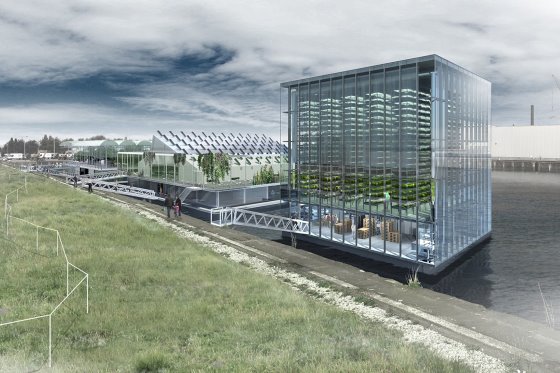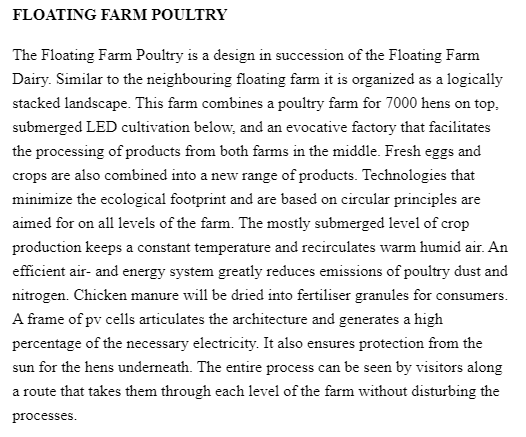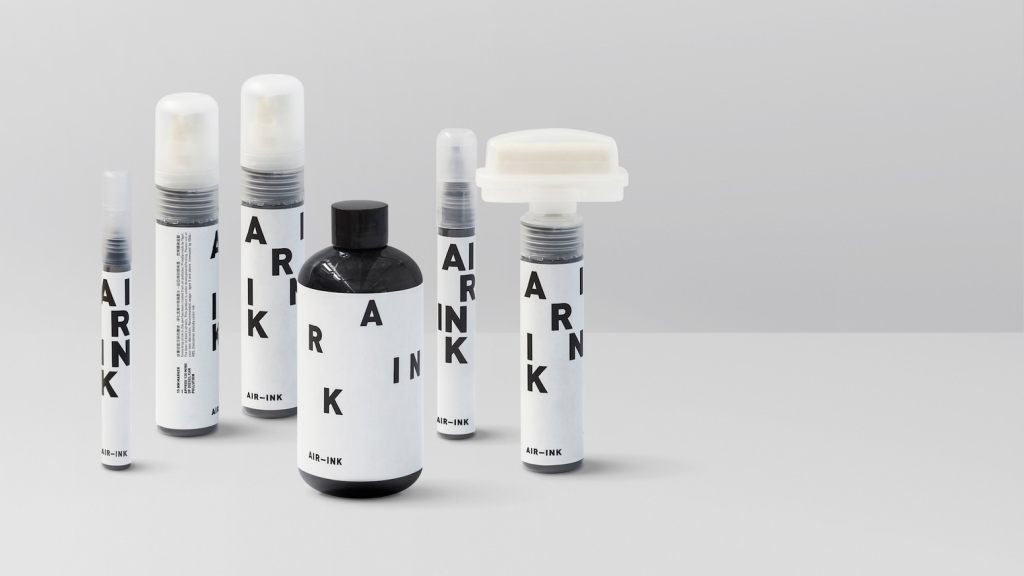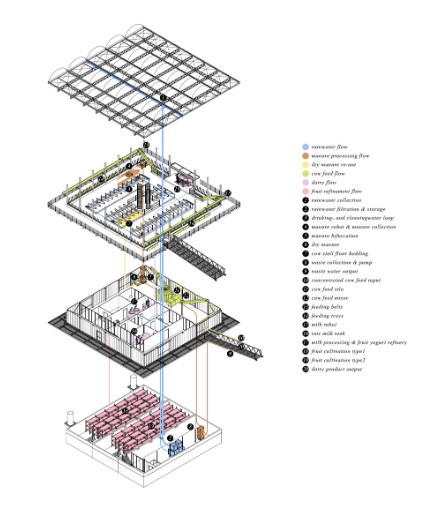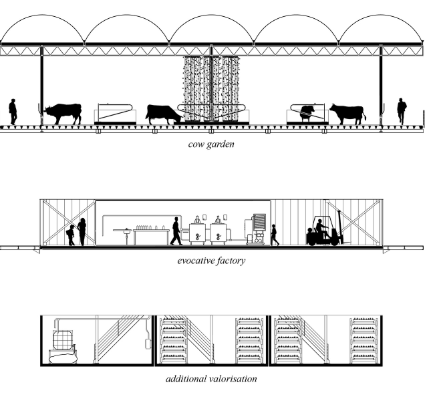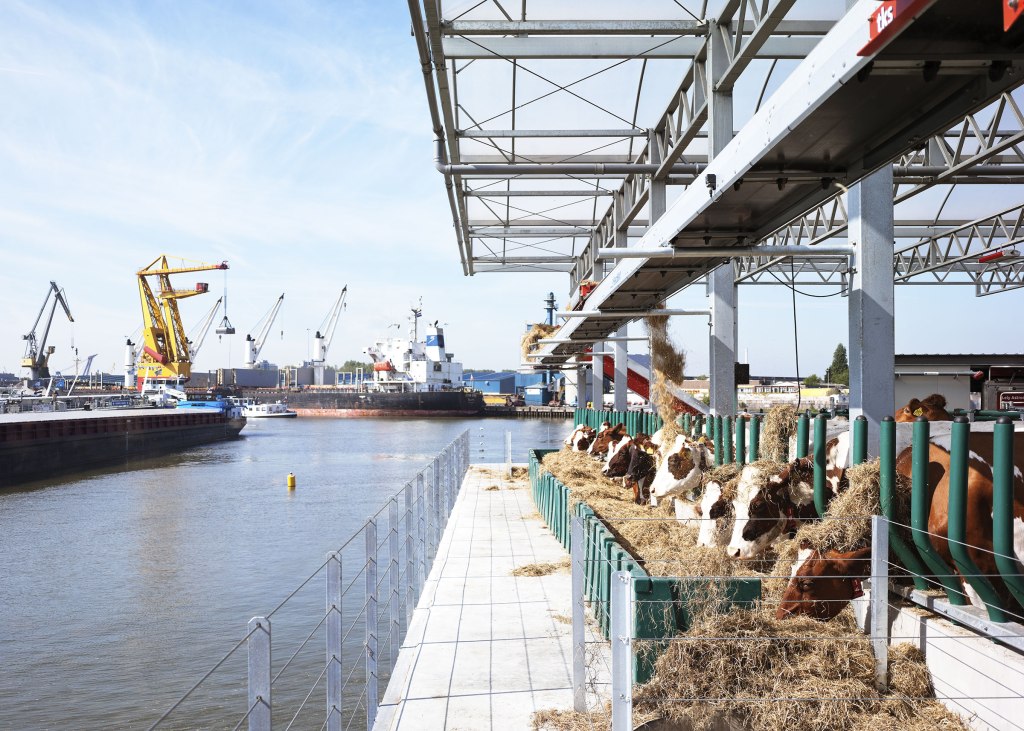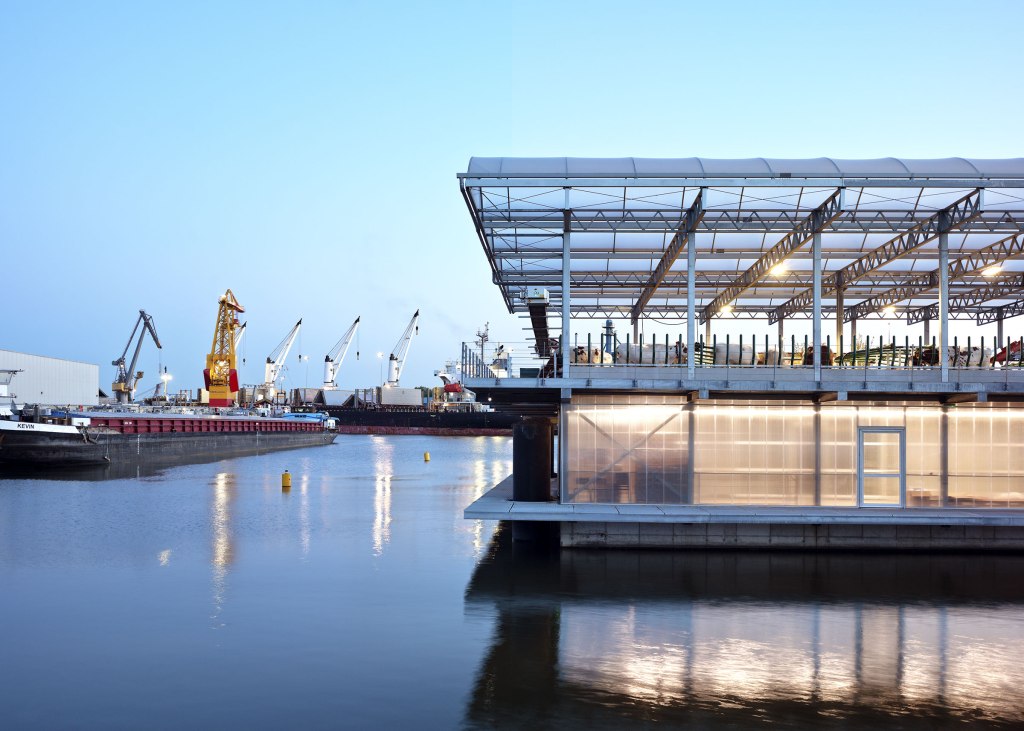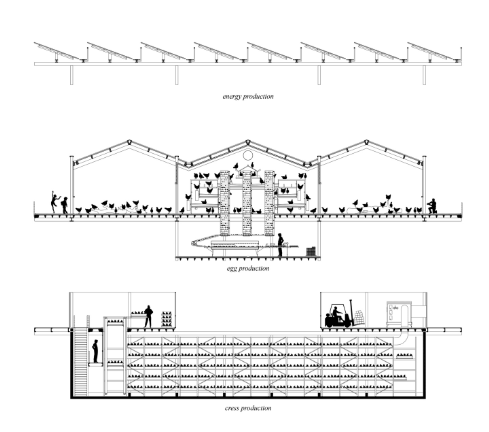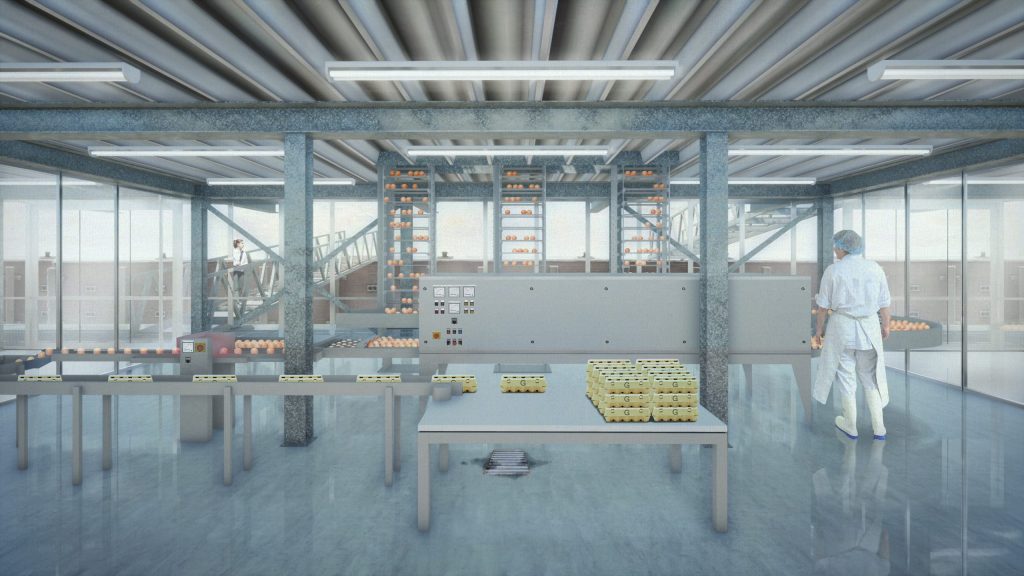We are always fascinated by the knowledge of future that unveils itself slowly like a bud in process of blooming or metamorphosis of caterpillar into a spectacular butterfly. Nature unfolds itself in a form of rhythm or a tune that soothes one’s ears and heartens thy soul. While more sudden changes are considered as indication of storms or destruction. Same analogy can be applied to the high paced life styles we are leading in contemporary world of technological advancements. An era where ‘time is money’, and a race of survival depends on your ability to speed. A discussion in class directed me to learn more about the vices of fast world and virtues of ‘ Slow living’.
This high speed living evokes a competition among humans, nature and technology where nature is at the greatest loss. Higher demand of consumer products leads to ever increasing carbon emissions and massive waste added everyday to land and water, threatening to all living organisms in this biosphere. This devastating condition has intrigued designers from various disciplines to take a lead role by designing more sustainable future projects as well as create social awareness by highlighting the diverse effects of humanity on environment and suggest possible remedies. One such platform was provided at the main exhibition event of triennual “Broken Nature: Design Takes on Human Survival,” curated by Paola Antonelli, showcased more than 100 projects from the last 30 years that address humanity’s troubled relationship with nature.
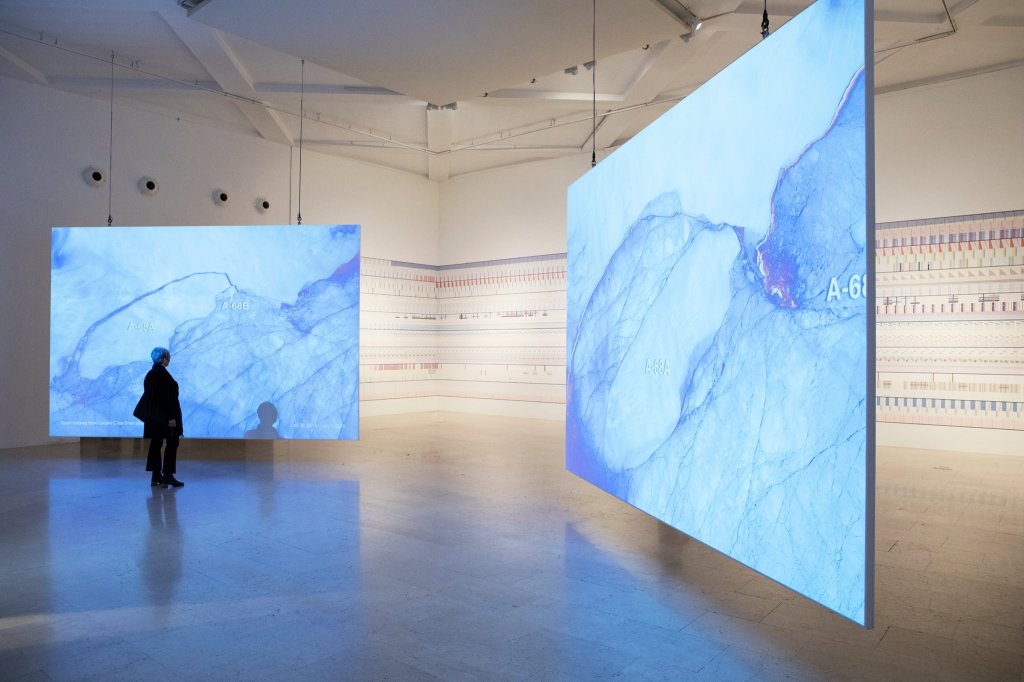
According to Ms. Antonelli, “The only thing that I consider final is our own extinction. We have, however, the power to postpone it a bit, and make it better. What’s broken cannot go back, but forward into something new. So it’s not at all final.”

Credit… Isabella De Maddalena for The New York Times
“Broken Nature” stresses that design has the ability to shift behavior and how we interact with our world, on a large scale. It can analyze, instruct, repair, protect and redirect. In Tools and technology class we explored a few such designs and projects like the Air Ink.
Intrigued by this vision of ‘Sustainability”, I searched for more projects which could provide ‘restorative designs’. Rhino Machines, an Indian company, has launched a sustainable alternative to the traditional brick called the silica plastic block that is made from recycled plastic waste and sand. For this project, Rhino Machines collaborated with architectural firm R + D Studio. The ‘silica plastic block’ or SPB aims to minimize dust waste and plastic pollution in India, which has created a severe environmental hazard.
About 70% of the earth’s surface consists of water and with land becoming scarce, that is the place to innovate. Innovating and eco-friendly project is the ‘floating farms’. Large cranes unload a bulk carrier while a tug boat pushes an empty barge to its new destination. The inner city harbour of Rotterdam is still in full swing, but with ships increasing in size the port operations are moving to a new facility. The docklands will be converted to residential areas and commercial space. The actual harbour however awaits another purpose, farming. ‘Floating farms’ are built by GOLDSMITH architecture solutions in Netherlands.
Floating dairy farm
The company Floating Farm started to build a concrete 3 deck barge for a dairy farm, which is now in full operation. About 35 dairy cows reside on the top deck with a fantastic view over the harbour. On the lower decks feed is mixed, manure is treated and milk is processed to sellable end products. One could say that realising a floating farm is over complicating things, but the opposite is true. Owner Minke van Wingerden: “On the water there is still space to innovate, it helps us to be close to our consumers and it makes our operation climate adaptive. Our farm is extremely stabilised, it only moves up and down 2 meters with the tide, but in other parts of the world it could be anchored in different ways so it can survive flooding or storms.” The whole operation is high tech and low impact. The farm is largely self sufficient in energy and water usage. The city is not only consuming the dairy products, it also supplies a large part of the feed ingredients as a return. Local industry by products are used as input in the cows feed rations. (1)
